-
 bitcoin
bitcoin $124586.364639 USD
0.62% -
 ethereum
ethereum $4670.671710 USD
3.33% -
 xrp
xrp $2.983701 USD
0.18% -
 tether
tether $1.000175 USD
-0.03% -
 bnb
bnb $1209.430642 USD
2.76% -
 solana
solana $231.365861 USD
0.51% -
 usd-coin
usd-coin $0.999665 USD
-0.02% -
 dogecoin
dogecoin $0.264657 USD
4.46% -
 tron
tron $0.346415 USD
1.60% -
 cardano
cardano $0.871586 USD
3.70% -
 chainlink
chainlink $23.451270 USD
7.56% -
 hyperliquid
hyperliquid $46.860071 USD
-2.96% -
 ethena-usde
ethena-usde $1.000120 USD
0.04% -
 sui
sui $3.611279 USD
1.08% -
 stellar
stellar $0.407149 USD
0.96%
Gate.io perpetual contract trading rules
Gate.io's comprehensive platform for perpetual contract trading provides flexible leverage options, allowing traders to potentially multiply their profits while also highlighting the importance of risk management through stop-loss, take-profit, and trailing stop orders.
Nov 08, 2024 at 12:19 am
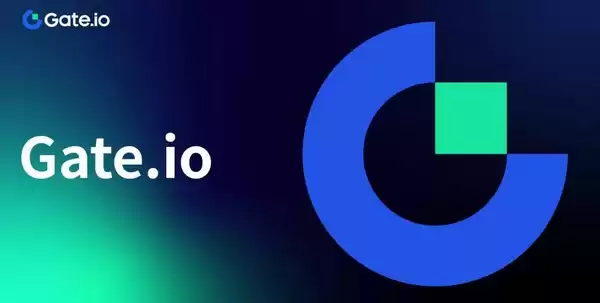
- Introduction
- Understanding Perpetual Contracts
- Trading Rules for Gate.io Perpetual Contracts
- Funding Mechanisms
- Risk Management
- Order Types and Functionality
- Trading Strategies and Considerations
- Advanced Trading Features
- Perpetual contracts are financial instruments that allow traders to speculate on the future price of an underlying asset, such as cryptocurrency, without the need for physical delivery.
- Gate.io offers a comprehensive platform for perpetual contract trading, catering to both experienced and beginner traders.
- These rules provide a comprehensive guide to the trading mechanisms, risk management procedures, and order execution processes involved in perpetual contract trading on Gate.io.
- Perpetual contracts are similar to futures contracts, but they do not have a fixed expiration date.
- Traders can maintain their positions indefinitely by rolling them over before the next funding cycle.
- Perpetual contract trading offers leverage, allowing traders to multiply their potential profits with limited capital.
- However, leverage also magnifies potential losses, and traders must exercise caution in managing their risk.
- Trading Hours: Gate.io perpetual contracts are traded 24/7, allowing traders to participate in the market at any time.
- Minimum Trade Size: The minimum trade size for perpetual contracts varies depending on the underlying asset. Traders are advised to check the contract specifications before placing orders.
- Price Increments: The price increments for perpetual contracts also vary by the underlying asset. Smaller price increments provide greater precision in order execution.
- Available Leverage: Gate.io offers flexible leverage options for perpetual contract trading. However, the maximum leverage available may vary depending on the trader's account level and trading history.
- Margin Requirements: Traders must maintain sufficient margin in their accounts to support their open positions. The margin requirement varies depending on the leverage used and the underlying asset.
- Funding Rate: Perpetual contract trading involves a funding mechanism that ensures the price of the contract converges with the spot price of the underlying asset.
- Underfunding and Overfunding: When the perpetual contract price is above the spot price, traders holding long positions pay funding to short position holders. Conversely, when the perpetual contract price is below the spot price, short position holders pay funding to long position holders.
- Funding Intervals: Funding is typically applied at 8-hour intervals, and traders must account for these funding payments in their trading strategies.
- Stop-Loss Orders: Stop-loss orders are essential risk management tools that allow traders to automatically exit positions when a predefined price level is reached, limiting potential losses.
- Take-Profit Orders: Take-profit orders can be placed to automatically close positions when a target profit level is achieved, securing gains.
- Trailing Stop Orders: Trailing stop orders automatically adjust their stop price as the market moves, allowing traders to lock in profits while preserving their risk management strategy.
- Margin Calls: If a trader's account balance falls below the required margin level, Gate.io may issue a margin call, requiring the trader to deposit additional funds or close positions to restore the margin balance.
- Limit Orders: Limit orders allow traders to specify the price at which they want to enter or exit a position.
- Market Orders: Market orders execute immediately at the best available market price.
- Stop-Limit Orders: Stop-limit orders combine stop orders and limit orders, allowing traders to establish a trigger price and a target execution price.
- Pending Orders: Pending orders are orders that have not yet been executed and remain in the order book until a matching market order is received.
- Conditional Orders: Conditional orders allow traders to set specific conditions for order execution, such as "Trigger When" or "Cancel When" conditions.
- Trend Trading: Traders can identify and profit from short- or long-term price trends using technical analysis and chart patterns.
- Scalping: Scalping involves placing multiple short-term orders to capture small price movements and accumulate profits.
- Hedging: Perpetual contracts can be used for hedging purposes to reduce risk exposure to price fluctuations in another market.
- Volatility Trading: Volatility trading strategies aim to profit from periods of high market volatility.
- Range Trading: Range trading involves identifying price ranges and placing orders within those ranges to target short-term price swings.
Disclaimer:info@kdj.com
The information provided is not trading advice. kdj.com does not assume any responsibility for any investments made based on the information provided in this article. Cryptocurrencies are highly volatile and it is highly recommended that you invest with caution after thorough research!
If you believe that the content used on this website infringes your copyright, please contact us immediately (info@kdj.com) and we will delete it promptly.
- BlockDAG, DOGE, HYPE Sponsorship: Crypto Trends Shaping 2025
- 2025-10-01 00:25:13
- Deutsche Börse and Circle: A StableCoin Adoption Powerhouse in Europe
- 2025-10-01 00:25:13
- BlockDAG's Presale Buzz: Is It the Crypto to Watch in October 2025?
- 2025-10-01 00:30:13
- Bitcoin, Crypto, and IQ: When Genius Meets Digital Gold?
- 2025-10-01 00:30:13
- Stablecoins, American Innovation, and Wallet Tokens: The Next Frontier
- 2025-10-01 00:35:12
- NBU, Coins, and Crypto in Ukraine: A New Yorker's Take
- 2025-10-01 00:45:14
Related knowledge
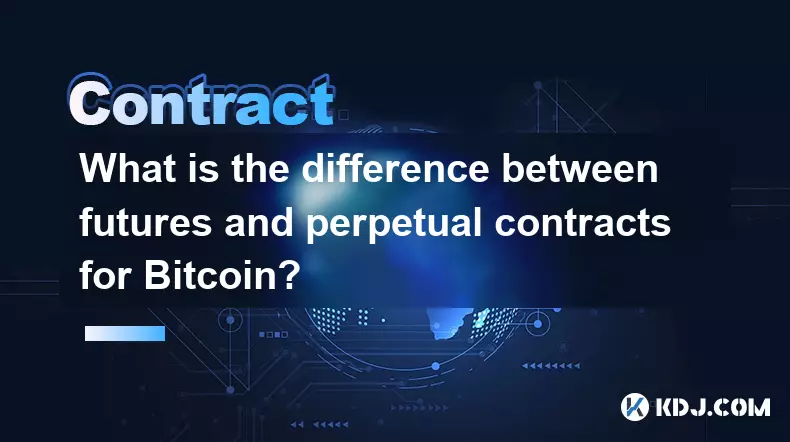
What is the difference between futures and perpetual contracts for Bitcoin?
Oct 02,2025 at 11:54pm
Understanding Bitcoin Futures Contracts1. Bitcoin futures are derivative instruments that allow traders to speculate on the future price of Bitcoin at...
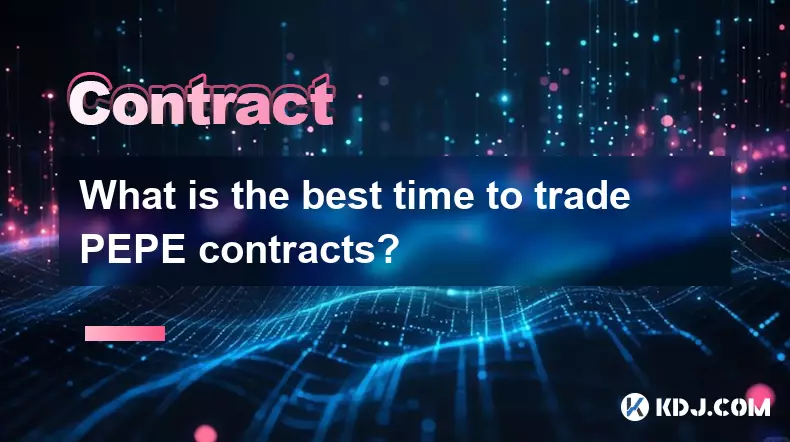
What is the best time to trade PEPE contracts?
Oct 03,2025 at 11:54am
Understanding PEPE Contract Volatility1. PEPE contracts exhibit extreme price fluctuations due to their meme-based nature and low market cap. Trading ...
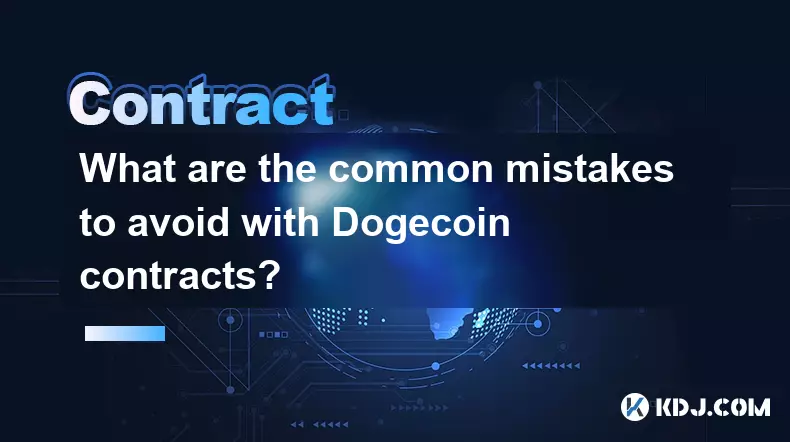
What are the common mistakes to avoid with Bitcoincoin contracts?
Oct 03,2025 at 08:54am
Emerging Trends in the Cryptocurrency Market1. Decentralized finance (DeFi) platforms continue to expand their influence across the blockchain ecosyst...

What is the maintenance margin for Bitcoin contracts?
Oct 02,2025 at 01:36am
Decentralized Exchanges Gain Momentum in 20241. Decentralized exchanges (DEXs) have seen a significant rise in trading volume, surpassing centralized ...
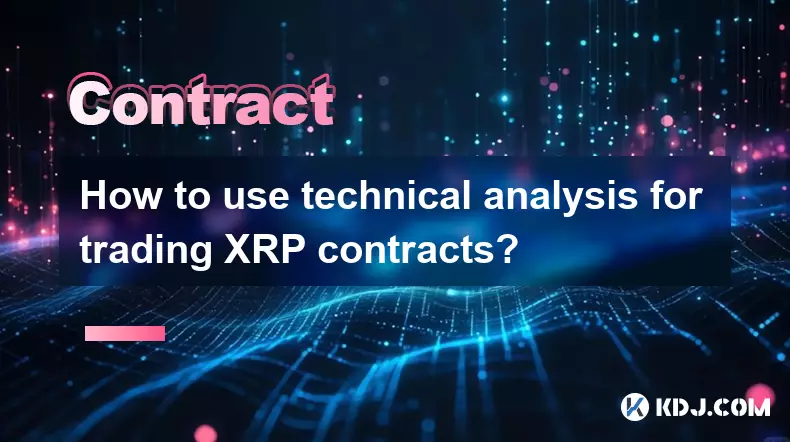
How to use technical analysis for trading XRP contracts?
Oct 03,2025 at 01:18pm
Understanding Price Patterns in XRP Futures1. Identifying chart patterns such as triangles, head and shoulders, and double tops or bottoms can provide...

What does "longing" PEPE contracts mean?
Oct 03,2025 at 11:54pm
Understanding Decentralized Exchanges in the Crypto Ecosystem1. Decentralized exchanges (DEXs) operate without a central authority, allowing users to ...

What is the difference between futures and perpetual contracts for Bitcoin?
Oct 02,2025 at 11:54pm
Understanding Bitcoin Futures Contracts1. Bitcoin futures are derivative instruments that allow traders to speculate on the future price of Bitcoin at...

What is the best time to trade PEPE contracts?
Oct 03,2025 at 11:54am
Understanding PEPE Contract Volatility1. PEPE contracts exhibit extreme price fluctuations due to their meme-based nature and low market cap. Trading ...

What are the common mistakes to avoid with Bitcoincoin contracts?
Oct 03,2025 at 08:54am
Emerging Trends in the Cryptocurrency Market1. Decentralized finance (DeFi) platforms continue to expand their influence across the blockchain ecosyst...

What is the maintenance margin for Bitcoin contracts?
Oct 02,2025 at 01:36am
Decentralized Exchanges Gain Momentum in 20241. Decentralized exchanges (DEXs) have seen a significant rise in trading volume, surpassing centralized ...

How to use technical analysis for trading XRP contracts?
Oct 03,2025 at 01:18pm
Understanding Price Patterns in XRP Futures1. Identifying chart patterns such as triangles, head and shoulders, and double tops or bottoms can provide...

What does "longing" PEPE contracts mean?
Oct 03,2025 at 11:54pm
Understanding Decentralized Exchanges in the Crypto Ecosystem1. Decentralized exchanges (DEXs) operate without a central authority, allowing users to ...
See all articles










































































